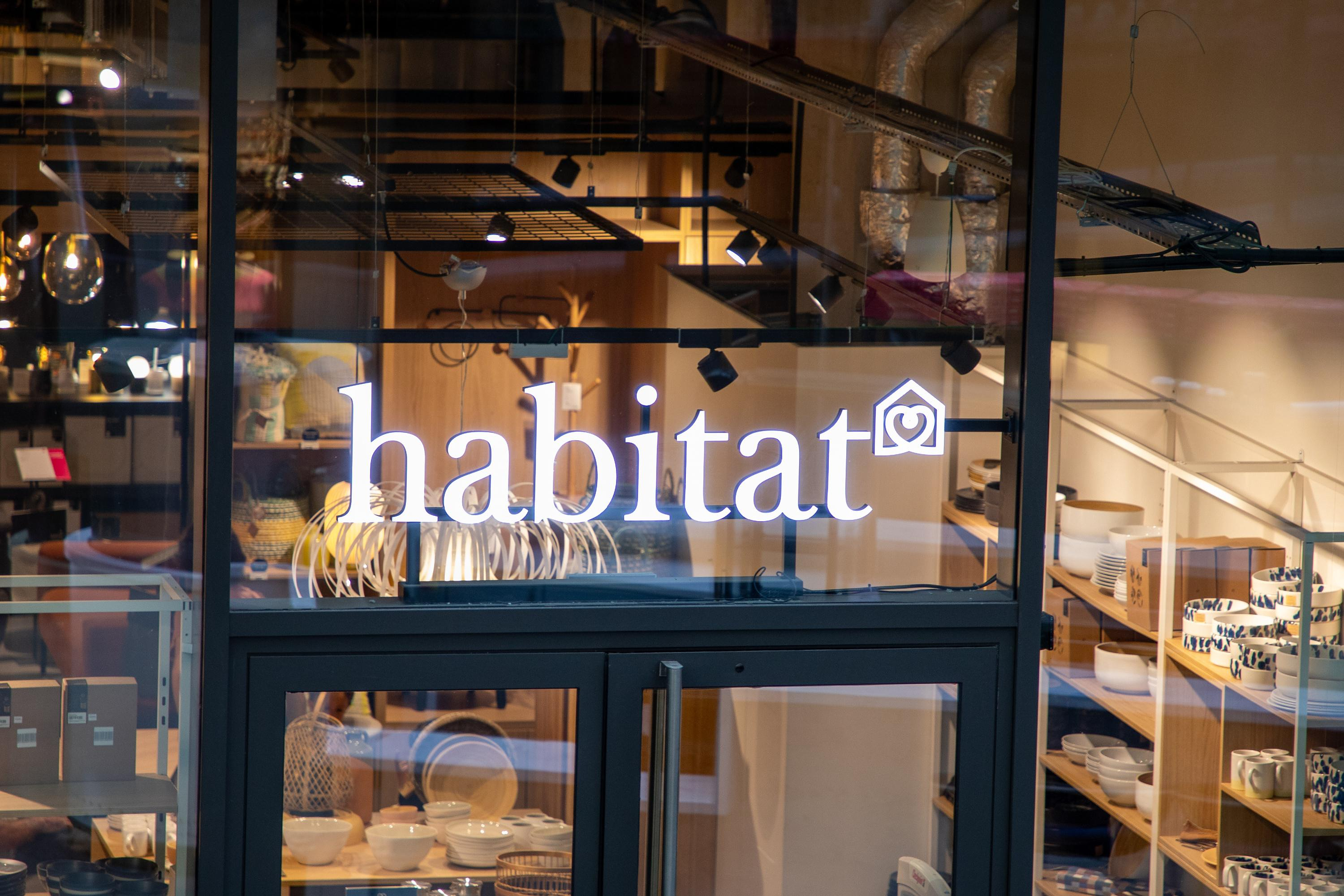French author Laurent de Brunhoff, who successfully took up the torch of the adventures of the famous elephant Babar, adored by children around the world, died Friday at the age of 98 in Florida, in the south of the United States, according to American media.
The illustrator “died Friday at his home in Key West, Florida,” reported the New York Times newspaper, citing his wife Phyllis Rose who spoke of “complications after a stroke.” The latter posted three days ago on Instagram a painting created at the end of February representing Laurent de Brunhoff and his nurse. “Shortly after, Laurent had a mini-stroke” and his condition “rapidly deteriorated,” she wrote. Before adding: “He is in palliative care, at home, sleeping almost all the time, as sweet, calm and adorable as he has been all his life.”
“In the big forest, a little elephant was born. His name is Babar.” When writing, in 1931, this incipit below a drawing for his two sons, Jean de Brunhoff did not imagine that his elephant would become a classic and enter the museum eight decades later. In 2011, for the character's 80th birthday, the National Library of France and the Museum of Decorative Arts dedicated an exhibition to him. On the walls of the toy gallery of the Museum of Decorative Arts, the public could admire the first steps of the most famous pachyderm of children's literature.
Laurent de Brunhoff was 5 years old when his mother, the pianist Cécile de Brunhoff, first told him the story of an orphan elephant; he was 6 when his father, the painter Jean de Brunhoff, published L'Histoire de Babar with Éditions du Jardin des modes; he was 12 when his father died of tuberculosis and 13 when his uncle asked him to finish coloring the plates of Babar as a family, an unfinished album; he was finally 21 years old when he decided to resume the adventures of the little elephant. He hasn't stopped since. “In 1945, I settled in Montparnasse. I was fascinated by abstract painting. But there was Babar. I was convinced that he should continue to live. I then drew the album, Babar and that rascal Arthur. My mother was very happy, the publisher was delighted. My two brothers had their lives. I never asked myself why. I did it very naturally,” he explained to Le Figaro in 2011.
If he no longer remembers exactly the evening when his mother told him and his brother Mathieu this story, he still has in mind the vivid image of his father drawing in the house in Chessy, in Seine-et -Marne, where the family enjoyed themselves in the summer. “We loved joining him at the end of the afternoon to see what he had done. We watched him put on the color.” This is undoubtedly the source of his fidelity to the original line, the black line and the watercolor which are the trademark of Brunhoff, father and son. As for the story, of course it has evolved. Babar married Celeste. They had children. They travelled. They danced. They all played an instrument, learned to ski and do yoga. A little one arrived late and in Love at first sight at the Célesteville games, the new album which had just been released, Flore, the eldest daughter of Babar and Céleste, falls in love with an elephant from India . But the essential remained, the placid and magnanimous elephant in his green suit, a monument of stability.
It is this permanence of the story that makes Babar so endearing. “Teenagers have changed enormously since Babar was created, but young children not so much. Writing for children has never been a problem for me. I dream, I draw on my table after a trip, a meeting. I describe a family atmosphere in which small children find themselves. This atmosphere is quite comfortable, isn’t it?”, analyzes the painter. “Babar does what most little kids wish they could do. He joins the world of adults while retaining the privileges of childhood, with complete impunity... He can wear adult clothes, take the elevator, go fishing, drive a car, marry Céleste and become the king of jungle. All this because his true personality is hidden behind an animal form and he is neither child nor adult, but a bit of both,” noted British critic Margaret Blunt.
Also read: Laurent de Brunhoff, a life with Babar
Rarely, Babar is as famous abroad as in France. He is judged against the most famous heroes of children's literature, the equivalent of Peter Rabbit in England and Winnie the Pooh in the United States. “The genius of the Brunhoffs is to have made the heaviest of land mammals a monument of delicacy,” recognizes the writer Sylvain Tesson in the book which accompanies the 2011 exhibition. The animal owes this delicacy to its creators who drew from the source of their childhood to make it exist. “I have wonderful memories of my young years with my brother Mathieu, who was like a twin to me, with my cousins. We were very close to our parents who did not exclude us from their adult lives. Was my mother a musician? We all played the piano. My brother Thierry also became a pianist before retiring to an abbey. After my father's death, our uncle Michel, who directed the French edition of Vogue, was like a father to us. He immediately noticed my taste for drawing. We were what we call today a close-knit family,” confided Laurent de Brunhoff.
This felicity reflected on Babar's books. “Babar's environment is that of the prosperous, cultured, art-loving French bourgeoisie. Good manners are important, as well as quality clothing,” emphasizes American author Alison Lurie, in an essay devoted to children's literature.
Established in New York for more than twenty years, married to the American author Phyllis Rose, Laurent de Brunhoff donated original plates to the Morgan Library in New York and the Bibliothèque nationale de France. Babar is a celebrity monster across the Atlantic. New albums are always published there first. As art historian Michel Pastoureau notes: "One of the characteristics of Babar's albums compared to most contemporary children's books is the absence of any vulgarity, it is that is to say, any concession to the tastes and fashions of the moment.

 B:SM will break its investment record this year with 62 million euros
B:SM will break its investment record this year with 62 million euros War in Ukraine: when kyiv attacks Russia with inflatable balloons loaded with explosives
War in Ukraine: when kyiv attacks Russia with inflatable balloons loaded with explosives United States: divided on the question of presidential immunity, the Supreme Court offers respite to Trump
United States: divided on the question of presidential immunity, the Supreme Court offers respite to Trump Maurizio Molinari: “the Scurati affair, a European injury”
Maurizio Molinari: “the Scurati affair, a European injury” Inflation rises to 3.3% in April and core inflation moderates to 2.9%
Inflation rises to 3.3% in April and core inflation moderates to 2.9% Pedro Sánchez announces that he continues "with more strength" as president of the Government
Pedro Sánchez announces that he continues "with more strength" as president of the Government Irritable bowel syndrome: the effectiveness of low-carbohydrate diets is confirmed
Irritable bowel syndrome: the effectiveness of low-carbohydrate diets is confirmed Beware of the three main sources of poisoning in children
Beware of the three main sources of poisoning in children Relief at Bercy: Moody’s does not sanction France
Relief at Bercy: Moody’s does not sanction France More than 10 million holders, 100 billion euros: the Retirement Savings Plan is a hit
More than 10 million holders, 100 billion euros: the Retirement Savings Plan is a hit Paris 2024 Olympic Games: the extension of line 14 will open “at the end of June”, confirms Valérie Pécresse
Paris 2024 Olympic Games: the extension of line 14 will open “at the end of June”, confirms Valérie Pécresse Failing ventilators: Philips to pay $1.1 billion after complaints in the United States
Failing ventilators: Philips to pay $1.1 billion after complaints in the United States The Cannes Film Festival welcomes Omar Sy, Eva Green and Kore-Eda to its jury
The Cannes Film Festival welcomes Omar Sy, Eva Green and Kore-Eda to its jury Prisoner in Israel, a Palestinian receives the International Prize for Arab Fiction
Prisoner in Israel, a Palestinian receives the International Prize for Arab Fiction Harvey Weinstein, the former American producer hospitalized in New York
Harvey Weinstein, the former American producer hospitalized in New York New success for Zendaya, tops the North American box office with Challengers
New success for Zendaya, tops the North American box office with Challengers Skoda Kodiaq 2024: a 'beast' plug-in hybrid SUV
Skoda Kodiaq 2024: a 'beast' plug-in hybrid SUV Tesla launches a new Model Y with 600 km of autonomy at a "more accessible price"
Tesla launches a new Model Y with 600 km of autonomy at a "more accessible price" The 10 best-selling cars in March 2024 in Spain: sales fall due to Easter
The 10 best-selling cars in March 2024 in Spain: sales fall due to Easter A private jet company buys more than 100 flying cars
A private jet company buys more than 100 flying cars This is how housing prices have changed in Spain in the last decade
This is how housing prices have changed in Spain in the last decade The home mortgage firm drops 10% in January and interest soars to 3.46%
The home mortgage firm drops 10% in January and interest soars to 3.46% The jewel of the Rocío de Nagüeles urbanization: a dream villa in Marbella
The jewel of the Rocío de Nagüeles urbanization: a dream villa in Marbella Rental prices grow by 7.3% in February: where does it go up and where does it go down?
Rental prices grow by 7.3% in February: where does it go up and where does it go down? Europeans: a senior official on the National Rally list
Europeans: a senior official on the National Rally list Blockade of Sciences Po: the right denounces a “drift”, the government charges the rebels
Blockade of Sciences Po: the right denounces a “drift”, the government charges the rebels Even on a mission for NATO, the Charles-de-Gaulle remains under French control, Lecornu responds to Mélenchon
Even on a mission for NATO, the Charles-de-Gaulle remains under French control, Lecornu responds to Mélenchon “Deadly Europe”, “economic decline”, immigration… What to remember from Emmanuel Macron’s speech at the Sorbonne
“Deadly Europe”, “economic decline”, immigration… What to remember from Emmanuel Macron’s speech at the Sorbonne These French cities that will boycott the World Cup in Qatar
These French cities that will boycott the World Cup in Qatar NBA: young Thunder coach Mark Daigneault named coach of the year
NBA: young Thunder coach Mark Daigneault named coach of the year Athletics: Noah Lyles in legs in Bermuda
Athletics: Noah Lyles in legs in Bermuda Serie A: Dumfries celebrates Inter Milan title with humiliating sign towards Hernandez
Serie A: Dumfries celebrates Inter Milan title with humiliating sign towards Hernandez Tennis: no pity for Sorribes, Swiatek is in the quarterfinals in Madrid
Tennis: no pity for Sorribes, Swiatek is in the quarterfinals in Madrid

















